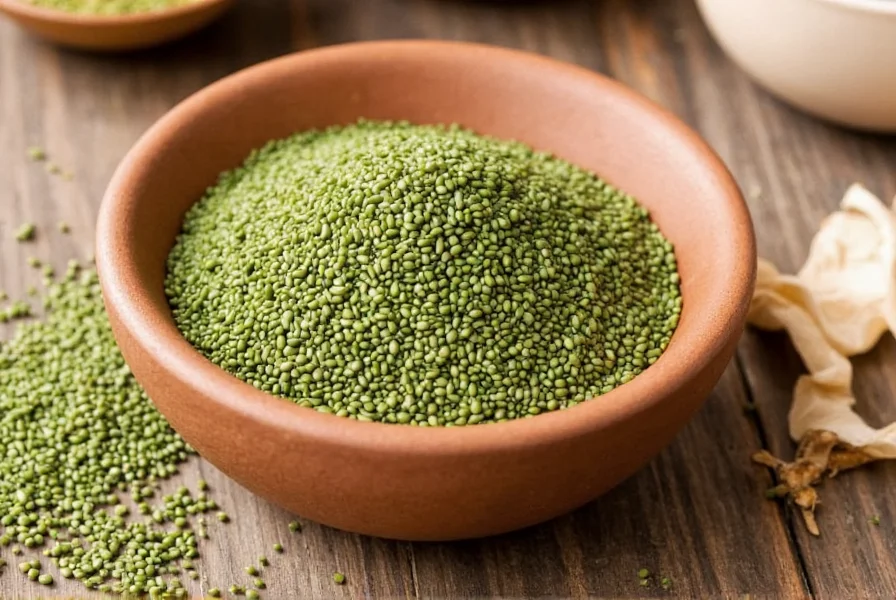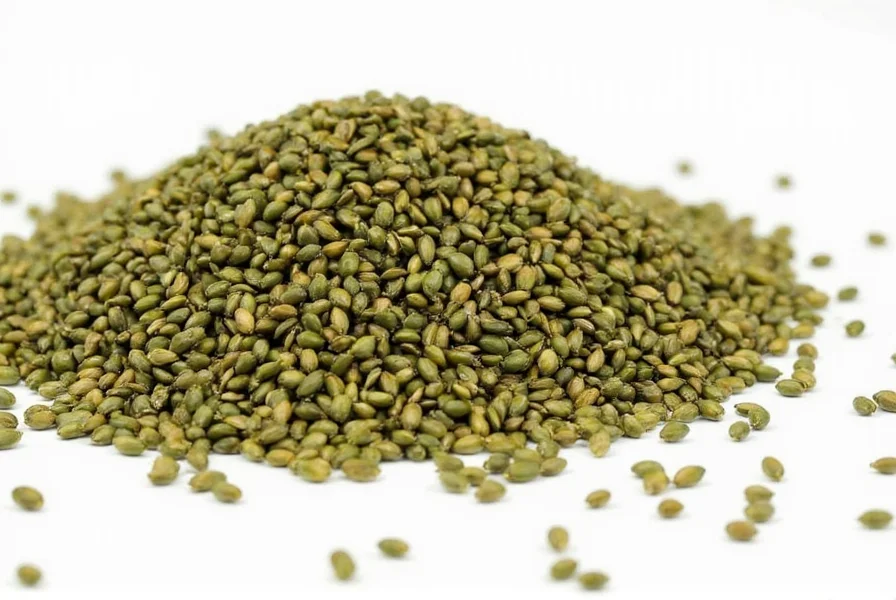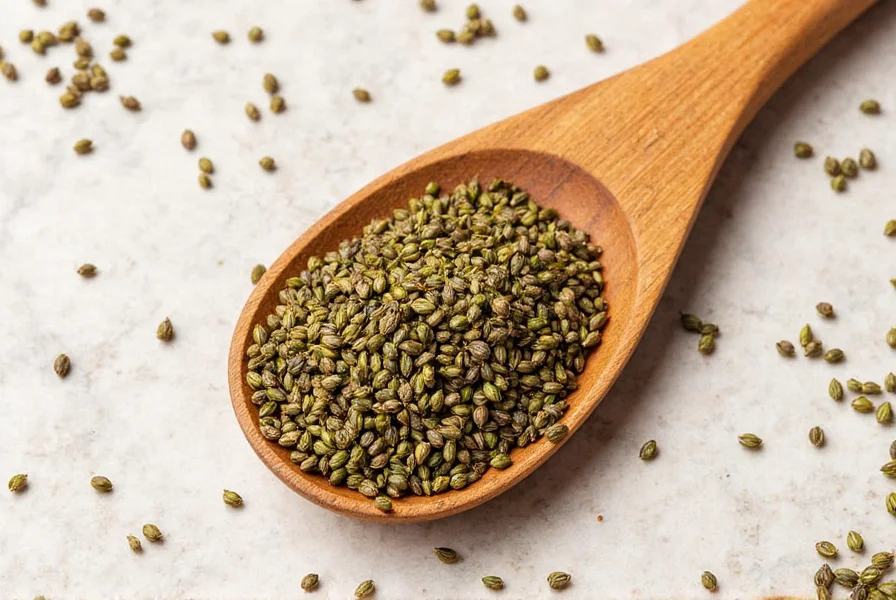Understanding Methi Seeds: Nature's Nutritional Powerhouse
Methi seeds, commonly referred to as fenugreek seeds in Western contexts, represent one of the oldest cultivated medicinal plants with documented use dating back to ancient Egyptian times. These small, rectangular seeds with a distinctive maple-like aroma contain a remarkable concentration of bioactive compounds that contribute to their therapeutic properties.
What Exactly Are Methi Seeds?
Methi (Trigonella foenum-graecum) belongs to the Fabaceae family, sharing botanical relations with peas and lentils. The term "methi" originates from Sanskrit and has been integrated into various South Asian languages. Each seed measures approximately 3mm in length and transforms from yellowish-brown to deep amber as it matures. Unlike many herbal remedies, methi seeds have undergone substantial scientific scrutiny, with over 500 research papers published in the last decade examining their physiological effects.
Nutritional Composition of Methi Seeds
The exceptional nutritional profile of methi seeds explains their status as a functional food. A single tablespoon (6.7g) of raw methi seeds contains:
| Nutrient | Amount per 100g | Daily Value % |
|---|---|---|
| Calories | 323 kcal | 16% |
| Dietary Fiber | 24.6g | 87% |
| Protein | 23g | 46% |
| Iron | 33.5mg | 186% |
| Magnesium | 191mg | 45% |
| Manganese | 1.23mg | 54% |
The standout component is galactomannan, a soluble fiber comprising 50% of the seed's endosperm, which directly contributes to their blood sugar regulating effects. Additionally, 4-hydroxyisoleucine, a unique amino acid found almost exclusively in methi seeds, stimulates insulin secretion from pancreatic beta cells.
Evidence-Based Health Benefits of Methi Seeds
Blood Sugar Management
Multiple clinical trials demonstrate methi seeds' effectiveness in glycemic control. A 2022 meta-analysis published in Nutrition Reviews examined 15 human studies involving 827 participants with type 2 diabetes. Results showed that daily consumption of 2-5 grams of methi seed powder reduced fasting blood glucose by 18-25% and HbA1c levels by 0.5-1.2% compared to placebo groups. The mechanism involves delayed carbohydrate digestion through fiber content and enhanced insulin sensitivity via bioactive compounds.
Lactation Support for Breastfeeding Mothers
Research confirms methi seeds' traditional use as a galactagogue. A randomized controlled trial in the Journal of Alternative and Complementary Medicine followed 70 postpartum women, finding that those consuming 500mg methi seed capsules three times daily produced 53% more breast milk at two weeks compared to the control group. The compound diosgenin appears to stimulate prolactin production, though optimal dosage requires professional guidance.
Cholesterol and Cardiovascular Health
The soluble fiber in methi seeds binds to bile acids in the digestive tract, prompting the liver to use circulating cholesterol to produce more bile. A 2021 study in Lipids in Health and Disease reported that participants consuming 18g of methi seed powder daily for 8 weeks experienced 14.2% reduction in LDL cholesterol and 11.3% decrease in triglycerides without adverse effects.
Practical Culinary Applications
Methi seeds offer remarkable versatility in the kitchen when properly prepared:
- Soaking method: Soak 1 tablespoon seeds in 1 cup water for 8-12 hours. The resulting gelatinous liquid aids digestion while softened seeds can be added to salads or smoothies
- Dry roasting: Lightly toast seeds in a dry pan until fragrant (2-3 minutes), then grind for spice blends. This process reduces bitterness while enhancing nutty flavor
- Sprouting technique: After 24 hours of soaking, drain and rinse twice daily for 3-5 days. Sprouted methi seeds increase vitamin C content by 300% and improve digestibility
Traditional Indian cuisine incorporates methi seeds in pickles, dals, and breads like methi thepla. Middle Eastern recipes use them in spice mixes such as hilbeh, while contemporary health-focused cooking adds them to energy balls and protein bars.

Safety Considerations and Potential Side Effects
While generally safe, methi seeds require careful consumption in specific circumstances:
- Pregnancy: Avoid therapeutic doses during pregnancy due to potential uterine stimulation effects
- Medication interactions: May enhance effects of diabetes medications, requiring blood sugar monitoring
- Allergic reactions: Rare but possible, especially among individuals with peanut or chickpea allergies
- Digestive effects: High fiber content may cause bloating initially; start with 1/2 teaspoon daily
The acceptable daily intake ranges from 5-10 grams for general health maintenance. Therapeutic doses for specific conditions should be determined with healthcare provider guidance, particularly for individuals managing diabetes or taking blood thinners.
Selecting and Storing Methi Seeds
For optimal freshness and potency:
- Purchase whole seeds rather than pre-ground powder to preserve volatile compounds
- Choose seeds with uniform amber color and avoid those with dark spots indicating moisture damage
- Store in airtight glass container away from light and heat; properly stored seeds maintain potency for 12-18 months
- Freeze excess quantities for extended shelf life without nutrient degradation

Integrating Methi Seeds Into Your Daily Routine
Developing a sustainable habit with methi seeds requires practical strategies:
- Morning routine: Add 1 teaspoon soaked seeds to your smoothie or oatmeal
- Post-workout: Mix 1/2 teaspoon methi powder into protein shake for blood sugar stabilization
- Evening ritual: Prepare methi water by soaking seeds overnight and drinking the strained liquid first thing in the morning
Consistency matters more than quantity—regular daily consumption of smaller amounts yields better results than occasional large doses. Track your personal response through a simple journal noting energy levels, digestion, and other relevant metrics.
Conclusion: Harnessing the Power of Methi Seeds
Methi seeds represent a remarkable convergence of traditional wisdom and modern scientific validation. Their multifaceted health benefits, particularly for metabolic health and lactation support, make them a valuable addition to many dietary patterns. By understanding proper preparation methods, appropriate dosages, and potential interactions, individuals can safely incorporate this ancient superfood into contemporary wellness routines. As with any dietary change, consult with a healthcare provider before using methi seeds therapeutically, especially if managing chronic health conditions.
What's the optimal daily dosage of methi seeds for blood sugar management?
Research indicates that 5 grams (approximately 1 teaspoon) of methi seed powder daily provides significant blood sugar benefits without adverse effects. Clinical studies typically use doses between 2-5 grams daily, with effects becoming noticeable after 2-4 weeks of consistent use. Always consult your healthcare provider before using methi seeds for diabetes management, especially if taking medication.
Can methi seeds cause digestive issues?
When introduced gradually, most people tolerate methi seeds well. However, the high fiber content (24.6g per 100g) may cause temporary bloating or gas if consumed in large quantities initially. Start with 1/2 teaspoon daily and increase slowly over 2-3 weeks. Proper preparation through soaking or sprouting significantly improves digestibility by breaking down complex carbohydrates.
How long does it take to see results from methi seeds for hair growth?
Topical applications of methi seed paste typically show reduced hair fall within 4-6 weeks, with noticeable new growth appearing around 8-12 weeks. Internal consumption for hair health requires longer commitment—most studies report visible improvements in hair thickness and reduced shedding after 3-4 months of daily intake. Consistency in both internal consumption and external application yields the best results for hair health.
Are methi seeds and fenugreek seeds the same thing?
Yes, methi seeds and fenugreek seeds refer to the exact same product—Trigonella foenum-graecum. "Methi" is the common name used in Indian and South Asian contexts, while "fenugreek" comes from the Latin "faenum graecum" meaning "Greek hay." Both terms describe identical seeds with the same nutritional profile and health benefits, differing only in regional naming conventions.
Can methi seeds interact with medications?
Methi seeds may interact with certain medications, particularly diabetes drugs (due to blood sugar lowering effects) and blood thinners (due to vitamin K content). If taking anticoagulants, consult your physician before regular consumption. The fiber content may also affect absorption of oral medications, so take medications at least 2 hours before or after consuming methi seeds. Always discuss with your healthcare provider before combining with prescription medications.











 浙公网安备
33010002000092号
浙公网安备
33010002000092号 浙B2-20120091-4
浙B2-20120091-4